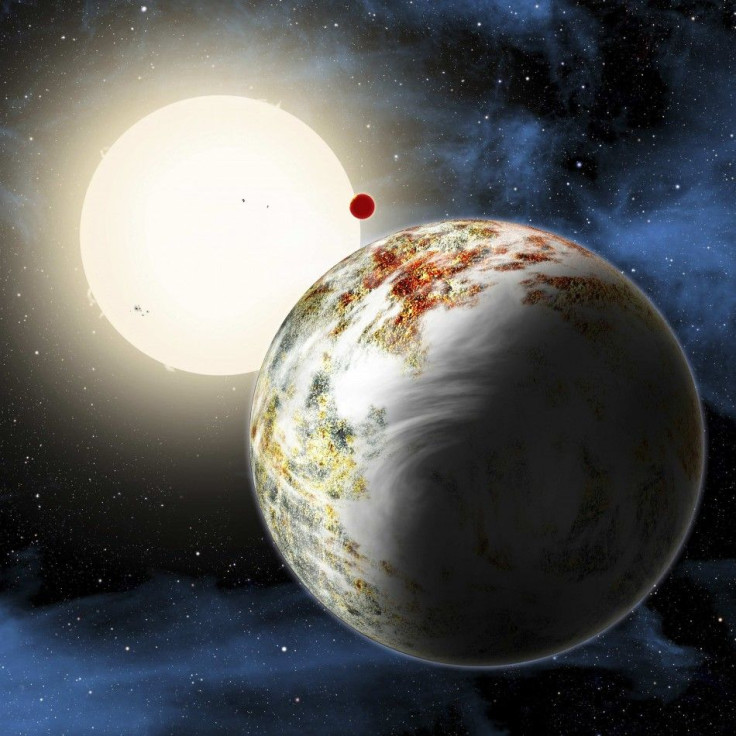Astronomers Found New 'Impossible Rocky Planet' 17 Times Heavier than Earth Dubbed as ‘Mega-Earth’

If there is "super-Earth," there is also "mega-Earth." In theory, this may be impossible, yet astronomers discovered a new kind of planet 17 times heavier and 2.3 times larger than our own planet dubbed as "mega-Earth." The new planet is said to have been designated as Kepler-10c since National Aeronautics Space Administration's (NASA) Kepler spacecraft, which the space research group uses to look for habitable planets, originally spotted the planet.
According to NASA, the Kepler Mission uses transit method to locate planets 30 to 600 times less massive than Jupiter. When the planet passes, blocking a small fraction of a star, NASA considers the event that a planet is transiting the star. When it repeatedly happens at regular times, NASA agency considers that a planet has been discovered.
In a Harvard-Smithsonian Center for Astrophysics (CfA) press release, it was believed the newly discovered planet known as "mega-Earth" houses a rocky world.
According to the press release, theorists believed a word like Kepler-10c couldn't have formed because anything so heavy would have grabbed hydrogen gas as it grew and becomes a Jupiter-like gas giant.
"Mega-Earth," however, is rocky, all solids and much bigger than previously discovered planets called "super-Earths."
"Finding Kepler-10c tells us that rocky planets could form much earlier than we thought," says director of the Harvard Origins of Life Initiative Dimitar Sasselov in the press release.
"And if you can make rocks, you can make life," Sasselov added.
Scientists were reportedly unsure how "mega-Earths" or "super-Earths" were formed. Astronomer Xavier Dumusque of the Harvard-Smithsonian Center for Astrophysics led the data analysis and was the astronomer who made the discovery. He said they were "very surprised" when they came to know what they have found.
Calling the newly discovered planet as "Godzilla of Earths," Sasselov said unlike the monster, there are positive implications for life in Kepler-10c.
"Kepler-10c is a big problem for the theory," Sasselov told Discovery News.
"It's nice that we have a solid piece of evidence and measurements for it because that gives motivations to the theorists to improve the theory."
The report explained in finding another type of rocky planet, there goes an implication in the search for life beyond Earth. Apparently, as the new research implies, astronomers today shouldn't ignore old stars. Since if old stars can host rocky Earths, it means that there are better possibilities of finding planets that can potentially harbor life.





















